Daylily Care and Design: The Complete Guide for Stunning, Low-Maintenance Blooms
Discover how to grow, care for, and design with daylilies—vibrant, easy perennials for any garden.
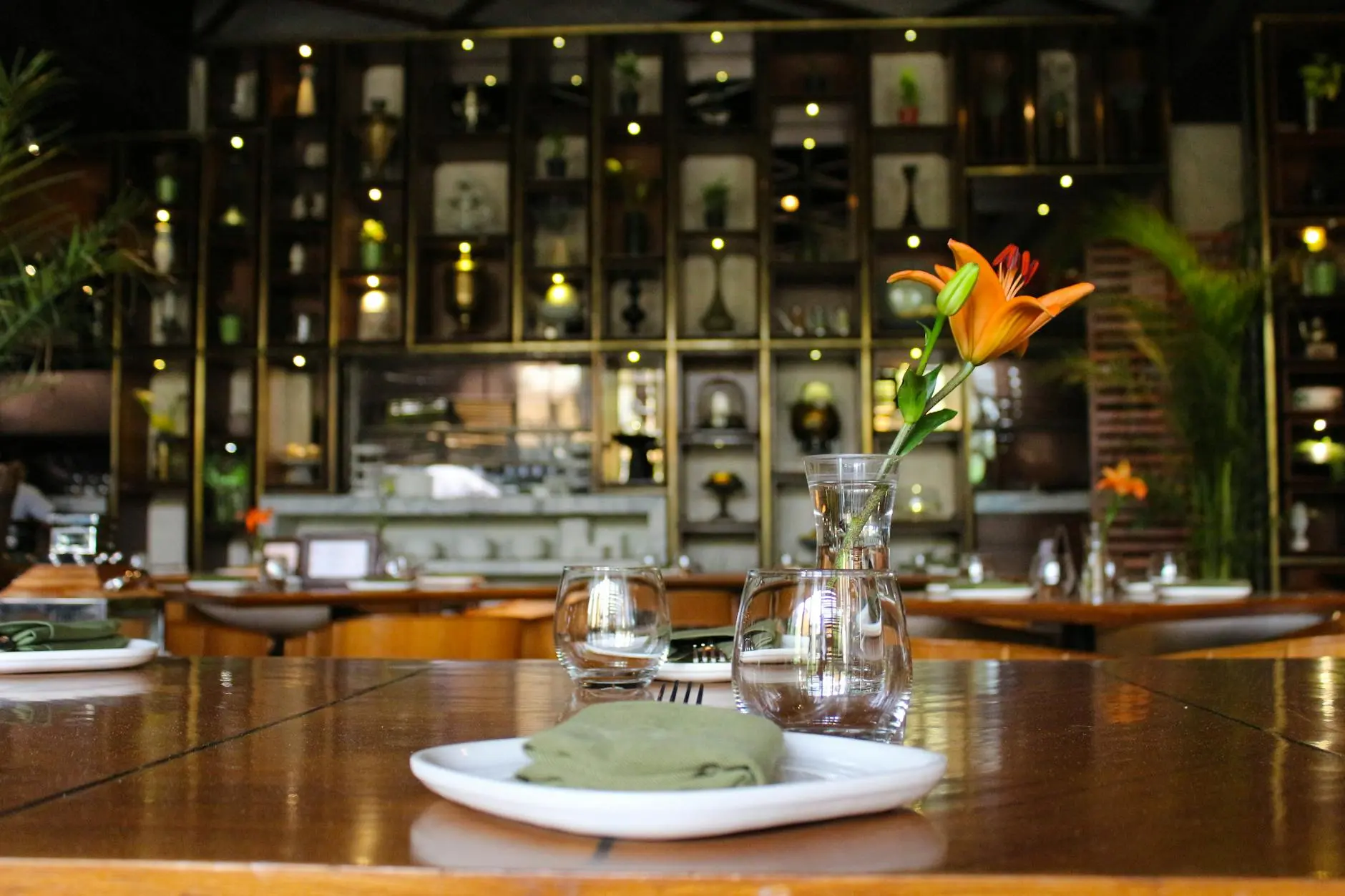
Daylilies (Hemerocallis) have captivated gardeners for generations with their vibrant colors, remarkable resilience, and ability to thrive with minimal attention. Whether you’re planning a new flower bed, revitalizing an established garden, or searching for robust plants that deliver high-impact color, daylilies are a premier choice. Their adaptability, long-lived blooms, and wide variety of forms make them one of the most popular perennials worldwide.
Contents
- Daylily Basics
- Planting Daylilies
- Daylily Care and Maintenance
- Popular Daylily Varieties
- Design Ideas with Daylilies
- Daylily vs. True Lily: Key Differences
- Frequently Asked Questions
Daylily Basics
Daylilies are lauded for their toughness, longevity, and forgiving nature. Though each spectacular flower opens for just one day, established plants offer a profusion of blooms that can last for weeks. There are tens of thousands of registered cultivars, each showcasing unique combinations of color, form, and blooming period.
- Genus: Hemerocallis. The name derives from Greek words “hemera” (day) and “kallos” (beauty), reflecting the bloom’s ephemeral nature.
- Habit: Herbaceous perennials with long, arching foliage and fleshy, tuberous roots, rather than true bulbs.
- Hardiness: Suited for zones 3 to 9, depending on the variety.
- Bloom season: Most varieties bloom from early to mid-summer. Some reblooming cultivars extend the display into fall.
- Flowers: Trumpet-shaped blooms held high above grassy leaves. Individual blooms last one day, but established clumps can display dozens of flowers over the season.
Daylilies are highly adaptable. They’re renowned for:
- Low maintenance once established
- Tolerance to drought, varying soils, and neglect
- Longevity; thriving for decades in the same location
- Resistance to most pests and diseases
Planting Daylilies
Getting your daylilies off to a strong start is easy, even for novice gardeners. The right preparation ensures years of dramatic blooms with little ongoing effort.
Where and When to Plant
- Timing: Early spring or late summer to early fall are optimal.
- Location: Choose a site with at least six hours of direct sunlight. While daylilies tolerate partial shade, too little sun results in fewer flowers and weaker plants.
- Soil: Well-drained soil enriched with compost or organic matter is best. Daylilies are adaptable to various soil types, including clay, loam, and sandy soils, provided drainage is adequate.
Planting Instructions
- Prepare the bed: Remove weeds, roots, and stones. Work in several inches of compost, aged manure, or other organic amendments for fertility and drainage.
- Dig holes: Holes should be wide and deep enough to accommodate the root system without bending the roots. Space plants 18–24 inches apart for full coverage and air circulation.
- Set the crowns: Place the plant so the crown (where roots meet leaves) is level with the natural soil grade. Too deep can inhibit growth and flowering.
- Backfill and water: Fill in with amended soil, firming gently to remove air pockets. Thoroughly water to settle the soil and initiate establishment.
Planting Quick Tips
- Remove persistent perennial weeds before planting to prevent future issues.
- For mass plantings or borders, stagger plants to maximize coverage and color.
- Mulch with shredded bark or compost to conserve moisture and suppress weeds.
Daylily Care and Maintenance
Daylilies are celebrated for thriving with minimal intervention. Still, a few simple care routines will ensure peak performance, especially in the first few years or for reblooming varieties.
Sunlight Requirements
- Full Sun: 6+ hours daily yields the most abundant blooms.
- Partial Shade: Tolerated, but may result in fewer flowers and taller, weaker stems.
Watering
- Water newly planted daylilies regularly until established—about 1 inch per week.
- During blooming and hot weather, increase watering to prevent stress.
- Once mature, daylilies are drought tolerant, but consistent moisture promotes extended bloom and healthy foliage.
Soil and Fertilization
- Daylilies aren’t fussy but thrive with fertile, organic-rich soil.
- Top-dress in spring with compost or a balanced, slow-release fertilizer for the best growth and flowering.
- Avoid over-fertilizing, which can lead to lush foliage but fewer flowers.
Mulching
- Apply a 2–3 inch layer of mulch to retain moisture, suppress weeds, and moderate soil temperature.
- Keep mulch away from the crown to prevent rot.
Deadheading and Division
- Deadheading: Remove spent flower stalks to tidy plants and, for reblooming cultivars, encourage more blooms.
- Division: Every 3–5 years, or when blooming declines, divide overcrowded clumps in early spring or late summer to rejuvenate plants and propagate new ones.
Pest and Disease Resistance
- Generally resistant to pests and disease.
- Occasional invaders include aphids, thrips, and slugs. Address with regular monitoring and, if needed, insecticidal soap.
- Daylily rust is rare but treatable by removing affected foliage and improving air circulation.
Popular Daylily Varieties
With a staggering array of cultivars to choose from, selecting the right daylily can be both exciting and overwhelming. Modern hybrids offer an amazing palette of colors, forms, and patterns. Here are some popular types:
- By Bloom Time: Early, mid, late, and reblooming types
- By Flower Type: Single, double, spider, miniature, and ruffled varieties
- By Color: Almost every color except blue. Choose from classic orange, yellow, pink, red, burgundy, purple, and blends.
- Notable Varieties:
- ‘Stella de Oro’: A compact yellow rebloomer, perfect for borders and containers.
- ‘Happy Returns’: Another reliable yellow rebloomer.
- ‘Pardon Me’: Compact, with fragrant, deep crimson red blooms.
- ‘Frans Hals’: Bold, bi-color orange and yellow flowers.
- ‘Catherine Woodbury’: Soft pink and lavender with delicate fragrance.
Choosing Varieties
- Mix early, mid, and late bloomers for a season-spanning display.
- Group by color for dramatic swathes or mix for a cottage garden effect.
- Choose compact varieties for edging and taller types for background or focal points.
Design Ideas with Daylilies
Daylilies can play many roles in the garden, from bold specimen plants to reliable fillers in perennial borders. Their versatility and vibrant look lend themselves to creative landscape uses.
- Mass Planting: Large groups produce a dramatic, meadow-like effect and suppress weeds in open areas.
- Mixed Borders: Combine with ornamental grasses, coneflowers, rudbeckia, salvia, and hosta for seasonal interest.
- Edging and Groundcover: Compact varieties line paths or shape boundaries.
- Containers: Miniature and reblooming types thrive in large pots for patio color.
- Waterside Plantings: Daylilies tolerate moist soils and are excellent for pond or stream banks.
- Companion Plants: Blend with shrubs, other perennials, and bulbs for extended color and texture. Their foliage is a dense, grassy contrast to broader-leaved companions.
Each daylily variety has a unique form and growth habit. Understanding their shape allows you to use them effectively in garden design, whether as architectural highlights or harmonious masses.
Daylily vs. True Lily: Key Differences
| Feature | Daylily (Hemerocallis) | True Lily (Lilium) |
|---|---|---|
| Root Structure | Tuberous roots (fleshy fans) | True bulbs (layered scales) |
| Leaves | Long, strap-like, growing from base | Narrow, often growing along an upright stem |
| Flower Lifespan | One day per bloom | Several days per bloom |
| Flower Stalks | Leafless scapes with multiple buds | One stem with multiple leaves and flowers |
| Toxicity | Generally non-toxic (some caution for pets) | Highly toxic, especially to cats |
Frequently Asked Questions (FAQs)
How long do daylilies bloom?
Most daylily flowers last for a single day, but clumps produce multiple buds, offering a continuous show for weeks. Reblooming varieties can provide color throughout the summer and into fall.
Are daylilies invasive?
Daylilies are vigorous but not considered invasive in most regions. Some species can spread quickly, so dividing every few years helps control their growth and keeps beds healthy.
Can I grow daylilies in containers?
Absolutely! Choose compact or reblooming varieties and use a large, well-draining pot. Regular watering and fertilizing ensure strong performance in containers.
What is the best fertilizer for daylilies?
A balanced, slow-release fertilizer in early spring works well. Organic options, such as compost or well-rotted manure, improve soil texture and long-term fertility.
Why are my daylilies not blooming?
- Too little sunlight
- Overcrowding (needs division)
- Poor soil fertility
- Planted too deeply
- Severe drought or overwatering
Addressing these factors can restore robust flowering.
How do I divide daylilies?
- Dig up the entire clump after flowering or in early spring.
- Shake or wash off soil to expose roots.
- Gently pull or cut apart fans, ensuring each division has roots attached.
- Replant immediately as described in the planting section.
Are daylilies deer resistant?
Daylilies are sometimes nibbled by deer, but in many regions, they’re less preferred compared to other perennials. Protective fencing or repellents may be necessary where deer pressure is high.
Conclusion
Daylilies offer vivid color, versatility, and unparalleled ease of care. Whether you’re a new gardener or a seasoned designer, integrating daylilies into your landscape guarantees reliable blooms and dramatic displays year after year. With thousands of varieties and nearly endless combinations, you can create a unique garden canvas that evolves through the seasons. Invest a little effort at planting time, and your rewards will last for decades—truly the gardener’s dream perennial.
References
- https://www.gardendesign.com/flowers/daylilies.html
- https://ahsgardening.org/wp-content/pdfs/Daylilies_TAG_My19.pdf
- https://glovernursery.com/plant-care-post/how-to-garden-daylilies/
- https://www.gurneys.com/blogs/blog-post/ultimate-guide-growing-caring-daylilies
- https://www.jungseed.com/category/daylily-garden-guide
Read full bio of medha deb



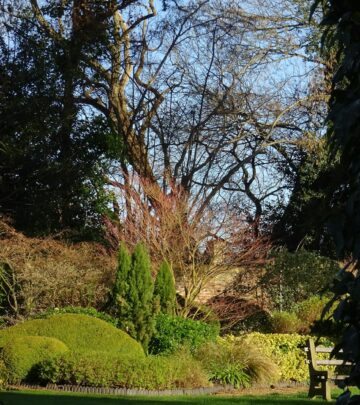
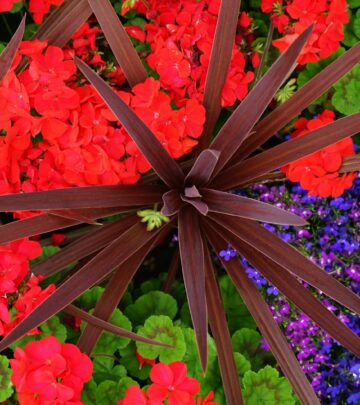
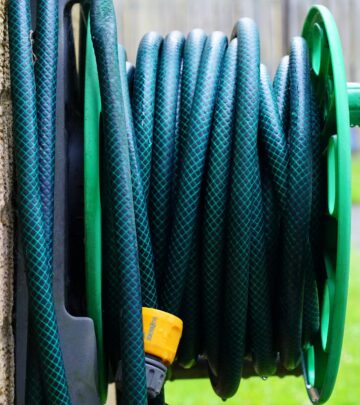

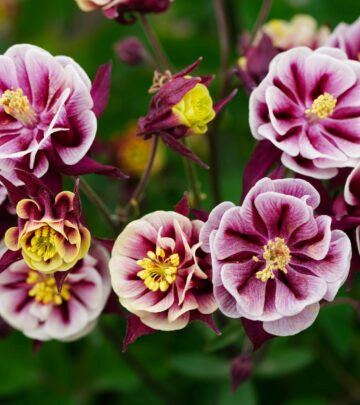


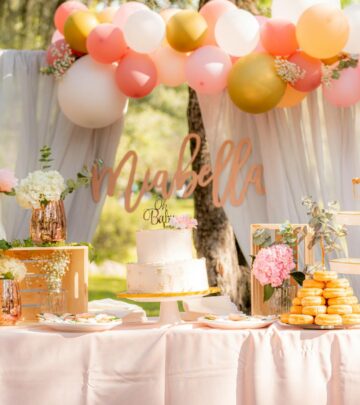

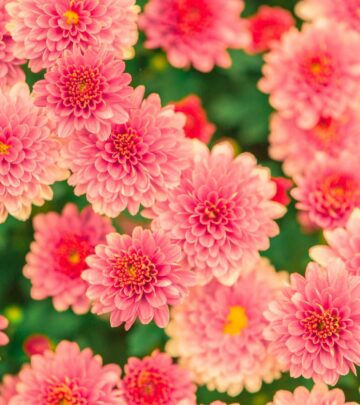





Community Experiences
Join the conversation and become a part of our empowering community! Share your stories, experiences, and insights to connect with other beauty, lifestyle, and health enthusiasts.